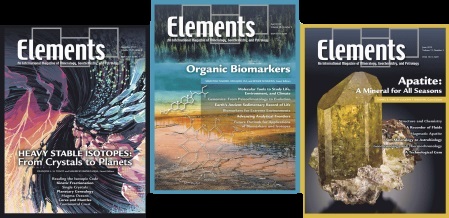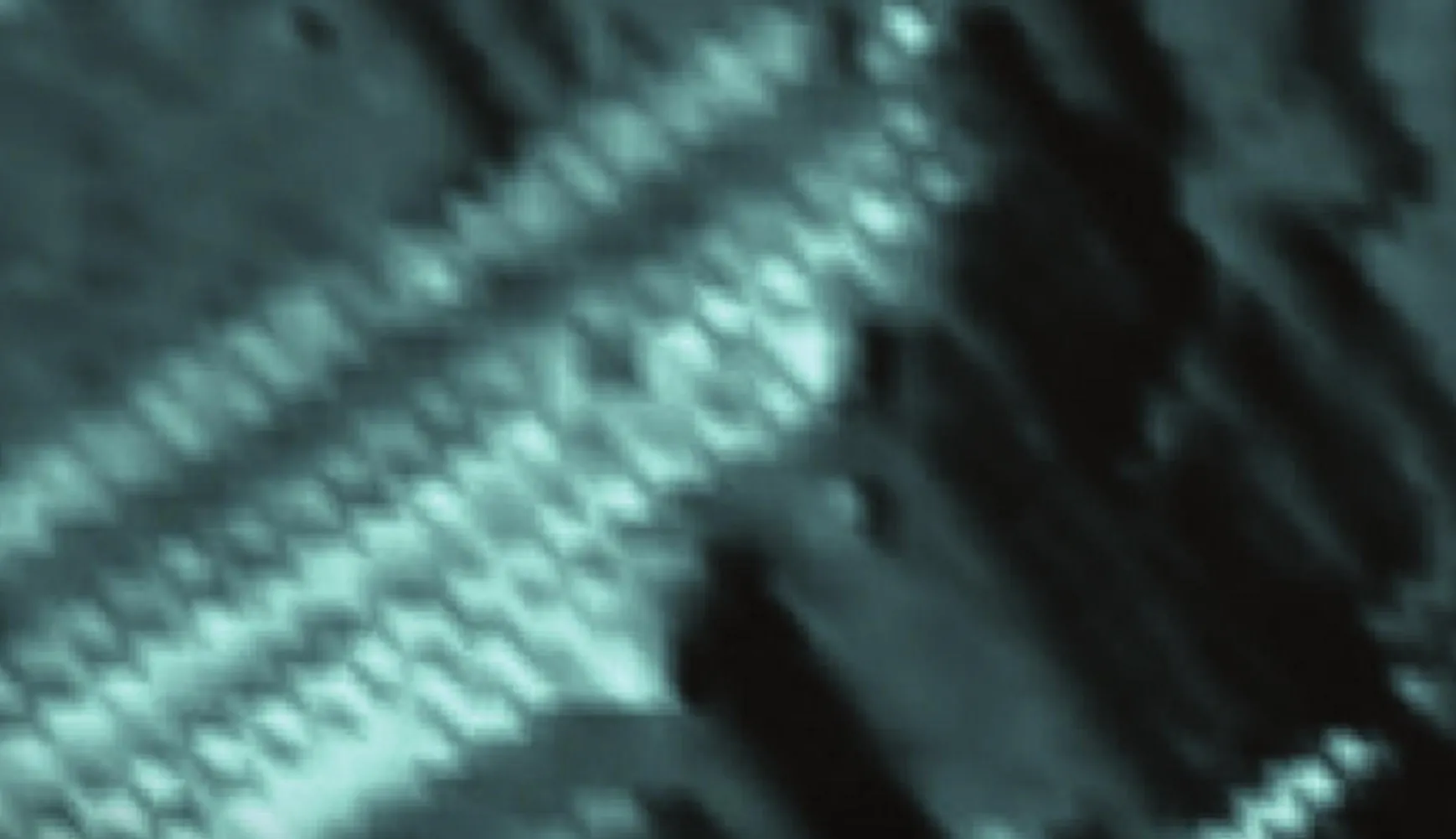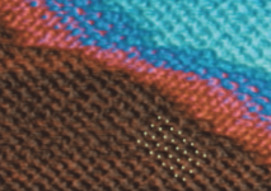How Minerals Grow: From Monomer-By-Monomer to Particle-Mediated Pathways
Once nucleation is established, mineral growth is the process by which crystals increase in size, either through the addition of individual ions (monomers) or the attachment of more complex species that range from oligomers to nanoparticles. The relative contribution of these two mechanisms, which may occur separately or simultaneously, varies with fluid properties such as supersaturation as well as crystallographic characteristics wherein nonclassical mechanisms involving particle attachment are often more prevalent at early stages of crystallization and classical growth by monomers is dominant at later stages. However, there is no general rule for the type of crystal growth dominating in any given scenario as the interaction of aqueous fluid properties, together with kinetic and thermodynamic factors, will determine the pathway for growth. Ultimately the growth pathway(s) of minerals determines properties such as crystal habit and defect density. The environments where mineralization occurs are as diverse as the materials themselves and require state-of-the-art techniques to probe the details of their formation. Here, we review the current understanding of pathways by which mineral growth occurs in geological, biological, and synthetic processes.
How Minerals Grow: From Monomer-By-Monomer to Particle-Mediated Pathways Read More »



